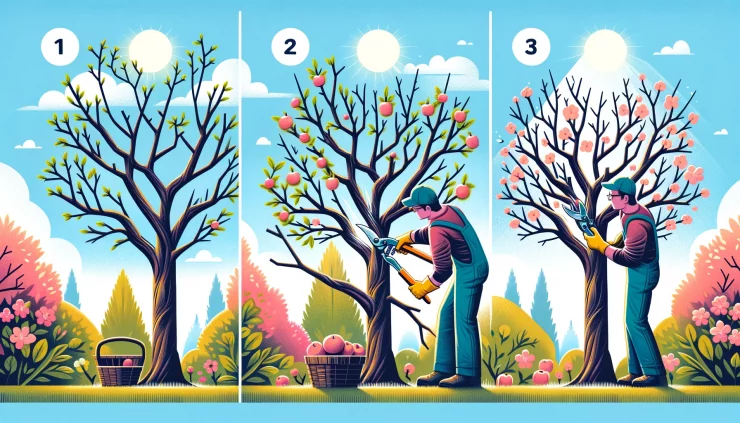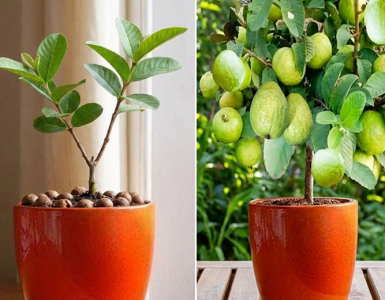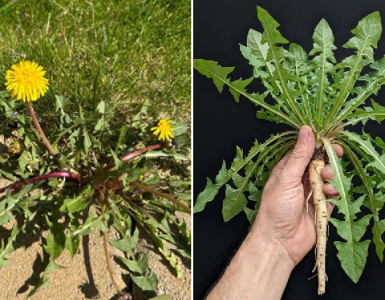Pruning apple trees is an essential task for maintaining their health, promoting optimal fruit production, and shaping their growth. While it may seem daunting at first, pruning apple trees can be simplified into three easy-to-follow steps. In this guide, we’ll walk you through the pruning process to ensure your apple trees thrive and yield a bountiful harvest.
Step 1: Assess the Tree
Before you begin pruning, take a close look at your apple tree to assess its overall health and structure. Look for any dead, damaged, or diseased branches, as well as any crossing or rubbing branches that may hinder airflow and sunlight penetration. Additionally, observe the tree’s shape and growth habit to identify areas that require pruning to maintain balance and encourage fruiting.
Step 2: Make Strategic Cuts
Once you’ve assessed the tree, it’s time to make strategic cuts to remove unwanted branches and promote healthy growth. Follow these guidelines for making precise cuts:
Remove Dead or Diseased Branches: Using clean, sharp pruning shears or loppers, carefully remove any dead, diseased, or damaged branches. Make clean cuts just outside the branch collar—the swollen area where the branch meets the trunk or larger branch—to promote rapid healing.
Eliminate Crossing or Rubbing Branches: Identify any branches that are crossing or rubbing against each other, as these can create entry points for pests and diseases. Remove the weaker or less desirable branch, choosing the one that maintains the tree’s overall shape and structure.
Thin Out Excessive Growth: Thin out crowded areas of the tree to improve airflow and sunlight penetration, which are essential for fruit development. Remove small, weak, or inward-growing branches to allow more space for healthy growth and better fruit production.
Step 3: Focus on Shape and Structure
Finally, focus on shaping the tree and maintaining its desired structure to encourage optimal fruiting. Pay attention to the following considerations:
Encourage an Open Center: For most apple tree varieties, an open center or vase-shaped canopy allows for better light penetration and air circulation, leading to healthier growth and fruit production. Prune away any branches growing towards the center of the tree to create an open, well-spaced canopy.
Maintain a Balanced Framework: Aim to maintain a balanced framework of scaffold branches that evenly distribute the tree’s growth and support fruiting. Remove any overly vigorous or unproductive branches to ensure each scaffold branch receives adequate sunlight and nutrients.
Consider the Tree’s Growth Stage: Keep in mind the age and growth stage of the tree when pruning. Young apple trees may require more aggressive pruning to establish a strong framework, while mature trees may need maintenance pruning to rejuvenate growth and maintain productivity.
By following these three easy steps—assessing the tree, making strategic cuts, and focusing on shape and structure—you can effectively prune your apple trees to promote healthy growth and abundant fruit production. Regular pruning, typically done during the dormant season in late winter or early spring, is key to maintaining the long-term health and vitality of your apple orchard. With a little practice and attention to detail, you’ll soon become proficient in the art of apple tree pruning, ensuring a fruitful harvest for years to come.






Add comment